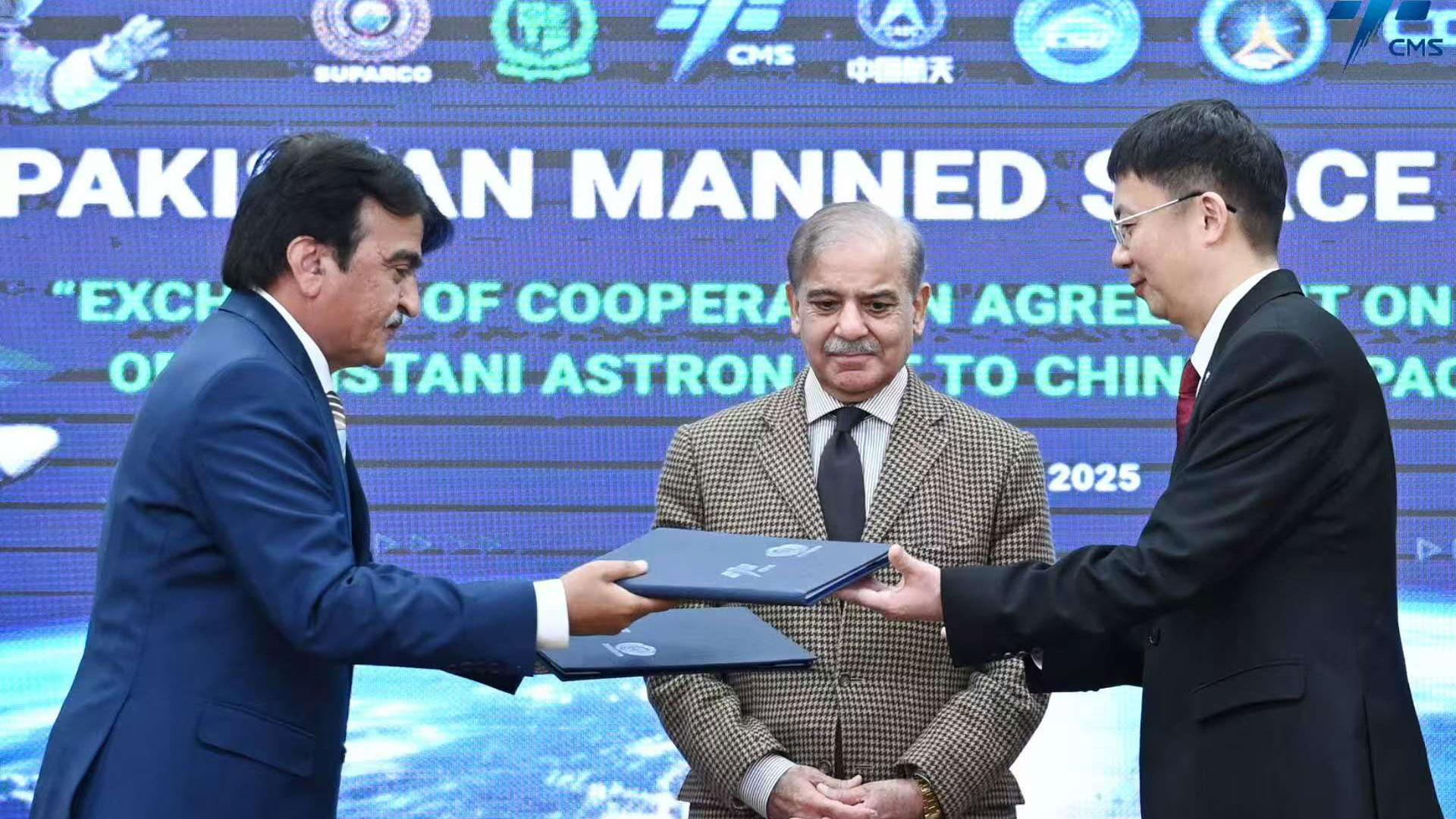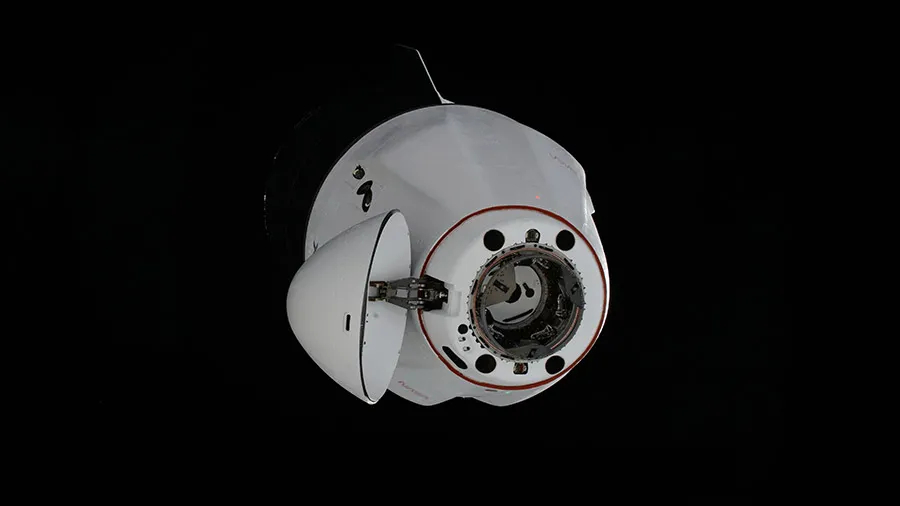Now Reading: US Space Force Unveils Strategy to Protect Outer Space
-
01
US Space Force Unveils Strategy to Protect Outer Space
US Space Force Unveils Strategy to Protect Outer Space

Rapid Summary
- Event: The U.S. Space force unveiled a new International Partnership Strategy at the 40th annual Space Symposium in Colorado Springs on April 9, 2025.
- Strategy Goals:
– Empowering partners as force multipliers: Collaboration between nations with complementary capabilities despite differing infrastructures.
– Enhancing interoperability and information sharing: Integrating intelligence and space surveillance systems for improved coordination.
– achieving full spectrum integration: Aligning operations across nations to prepare for crisis or conflict scenarios effectively.
- Collaboration Example: A recent bilateral rendezvous operation between the United States and France demonstrated joint capabilities near a competitor spacecraft, with no further operational details disclosed.
- Commercial Partnerships: Gen. Chance B. Saltzman emphasized the importance of innovation from commercial enterprises due to their faster advancement pace compared to government agencies.
indian Opinion Analysis
The U.S. Space Force’s emphasis on international partnerships signifies the increasing need for global collaboration in space exploration and security. For India, which has robust but developing space capabilities through ISRO, this strategy could provide an prospect to engage as a key partner with like-minded nations focusing on peaceful usage and cooperative agreements about space domain awareness.India can contribute through its expertise in satellite crafting (e.g., Cartosat series) alongside launching facilities like Sriharikota while benefiting from shared intelligence networks that would enhance India’s existing infrastructure for monitoring emerging threats like orbital debris or situational awareness around strategic competitor spacecrafts. The neutral framing of this partnership policy aligns well with India’s past stance on multilateral cooperation in outer-space activities under treaties such as COPUOS.
Increased commercial involvement-a focal point highlighted by Gen.Saltzman-may inspire more synergy between private-sector firms globally, including India’s burgeoning startup ecosystem within aerospace technologies.
Read More: Keeping Space Safe Is ‘The Ultimate Team Sport,’ And the US Space Force Has A New playbook

























